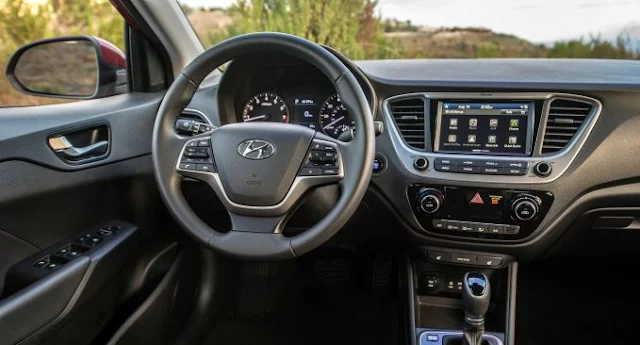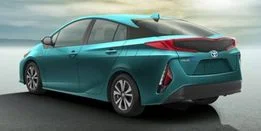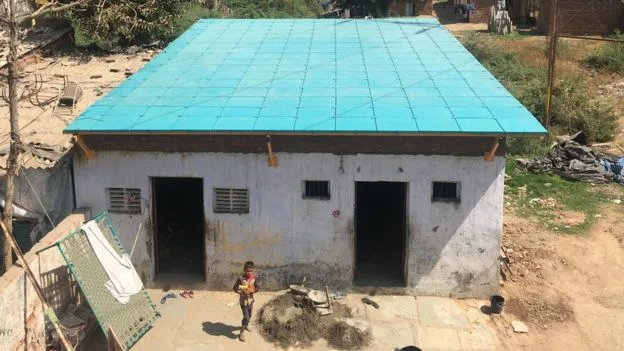The Hyundai Accent has been totally redone for the 2018 model year and this is interesting because the subcompact segment isn’t doing too hot right now — everyone is making the move to crossovers.
But for those people who need a small, budget-friendly car, here are nine things you need to know about the all-new fifth-generation 2018 Hyundai Accent.
1. Pricing and Availability
Of course, the first thing you need to know about cars like this is how much they cost. Too bad! Pricing hasn’t been announced yet for this model year, but it shouldn’t be too far off from what it is now, which is around $15K in both the U.S. and Canada, maxing out at just over $17K in the U.S. and about $20K in Canada for a fully loaded model. It should be available in U.S. dealerships before the end of 2017 and the hatchback and sedan models will be available in Canada in early 2018.
2. Body Styles
And that brings us to our next point, which is that in the U.S., the new Accent is only available as a subcompact four-door sedan for this generation, but in Canada, a hatchback is still offered as well. This makes a lot of sense because hatchbacks are much more popular in Canada than they are the U.S.
3. New Design
The old Accent pretty much looked like a bean, and the design of this new one makes it look a bit more grown up, kind of like a small Elantra. It helps the Accent look a bit more expensive than it actually is, especially from the front. Higher trim models even have features like LED lights, chrome trim, and 17-inch wheels.
4. New Dimensions
That redesign has made the Accent bigger than before: it’s a bit wider and longer than before, which translates into more room inside for passengers. The trunk can hold 13.7 cubic feet of cargo (387 L), which is the same as before.
5. More Tech
The biggest upgrade here is a standard backup camera, but automatic emergency braking and automatic climate control are also now available on higher trims, which is pretty impressive for a car in this segment. Apple CarPlay and Android Auto are also available now, along with an upgraded seven-inch or base five-inch touchscreen. Canadian models are even available with a heated steering wheel and sporty two-tone seats.
6. Decent Interior
Inside, there aren’t too many surprises, but the layout is user-friendly and although the interior is quite no-frills, it’s not depressingly cheap. There are a lot of hard plastics used throughout the cabin, but it’s put together nicely and it’s not a punishing place to be.
7. One Engine Available
The new Accent has just one engine available, which makes sense. A 1.6-liter four-cylinder makes 130 horsepower and 119 pound-feet of torque, which goes to the front wheels via six-speed manualor automatic transmission. Those numbers are actually pretty respectable for this class of car — it’s on par with the Honda Fit and more than what the Toyota Yaris offers. Only the Chevrolet Sonic offers more power.
8. Driving Dynamics
There’s not much to report about when it comes to driving dynamics with cars like this. All you really need to know is that it does exactly what you need it to, which is get you places without much drama. Yes, passing people and getting up to highway speeds isn’t going to thrill you, but it gets the job done without being too depressing. Compared to the old Accent, though, driving dynamics are noticeably crisper in terms of steering and suspension that don’t feel as sloppy. There’s also a new Sport mode, which doesn’t do too much except make the throttle a bit jumpier, but it’s still appreciated.























